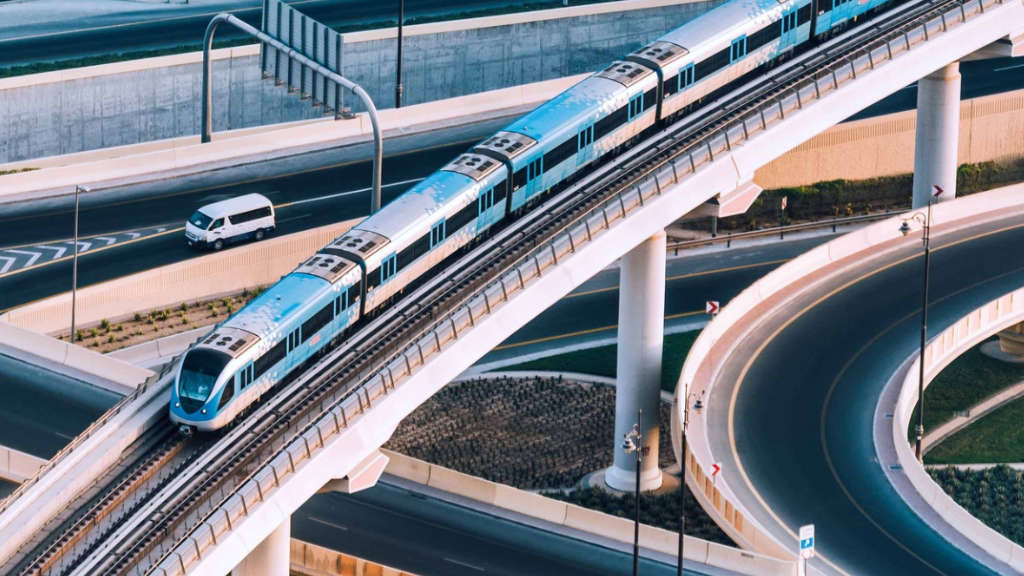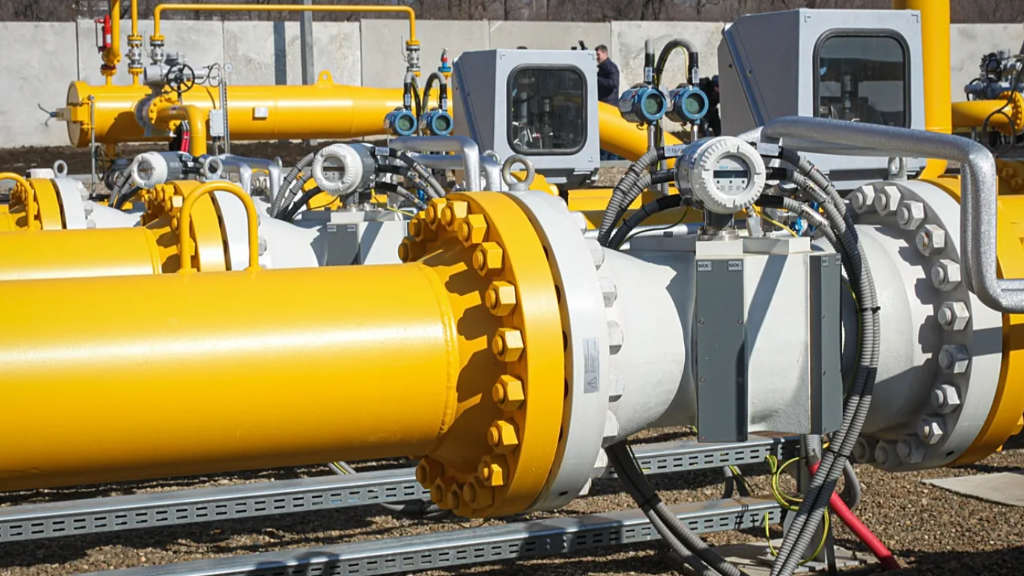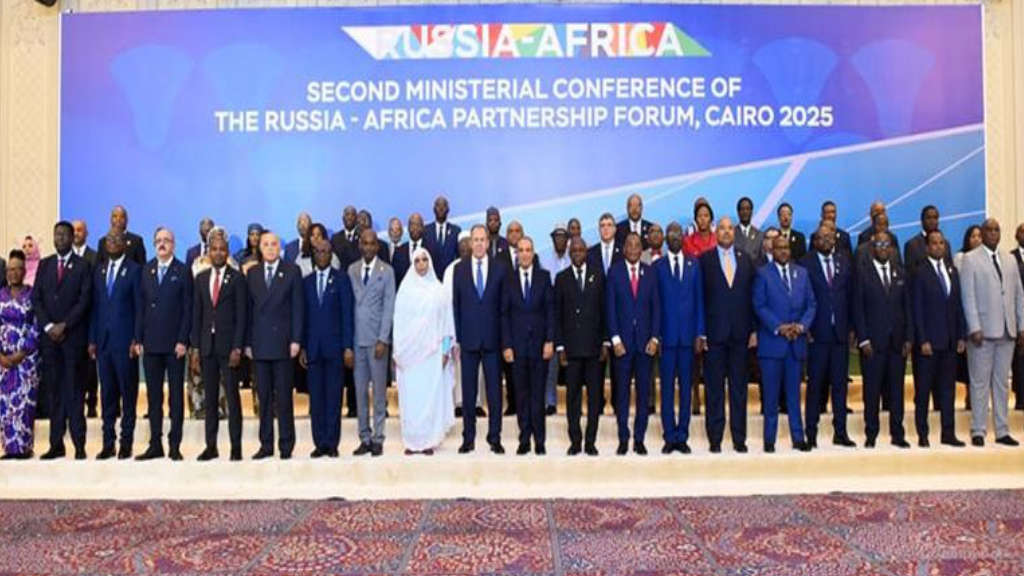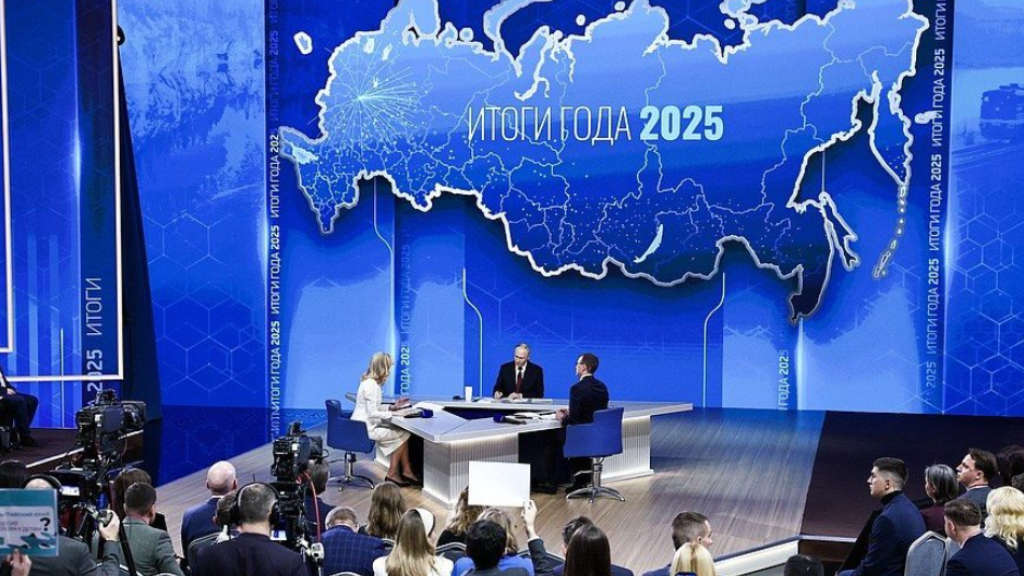Russian private investment into its national transport development projects, financed under Public-Private Partnership (PPP) agreements, has reached ₽246 billion (US$3 billion) in the first nine months of 2025, according to Natalya Morshchikhina, Director of the Department of Financial and Banking Activities and Investment Development of the Russian Ministry of Economic Development. She was speaking at the “Infrastructure Framework for the State” conference.
PPP agreements are typically used for big-ticket infrastructure projects where a return on investment, such as future cash generation, is expected—such as payment for use of bridges, railways, roads, and so on. They are typically, but not always, structured on a 50% state funding, 50% private sector funding basis, with the state funding attractive for the private sector as it guarantees that projects will be completed.
Russian investors and the Russian state concluded 142 new public-private partnership (PPP) agreements and concessions over the 9M of this year, with the largest being two large concessions concluded by Moscow for road construction with a total investment volume of ₽185 billion (US$2.278 billion).
Russian private capital is now turning to investment in the country after being burned by investments previously made in the West, and especially in Europe. Many Russian businesses have experienced problems with fixed assets such as property being seized or capital assets frozen and have largely abandoned Europe as a safe investment play. That capital is now being used to invest in Russian development and assets, a trend also now of interest to Chinese, Indian and other Asian investors.
2024 Russian PPP Investment
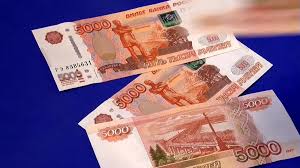
Maxim Reshetnikov, the Russian Minister of Economic Development, said that in 2024, a total of 278 PPP agreements for ₽2.4 trillion (US$29.64 billion) had been concluded, of which Russian private investment amounted to ₽1.8 trillion (US$22.2 billion). That was a record for Russian PPP-financed projects.
The main contribution to the 2024 investment was for the construction of Russia’s first high-speed rail line, which is to run from Moscow to Saint Petersburg with a total private investment of ₽1.9 trillion (US$23.5 billion) against a total project cost of ₽2.35 trillion (US$29 billion). Commissioning for that is planned for 2028.
The Russian state financed the construction through the placement of National Welfare Fund (NWF) funds in subordinated bank deposits with the primary banks—Sberbank, VTB, and Sovcombank—reporting the financial target closure in December.
Morshchikhina said that “The PPP and concession instrument give a multiplicative effect. Approximately one ruble of budget investment accounts for three to four rubles of equity and borrowed capital.”
Top Three Russian PPP Investment Sectors
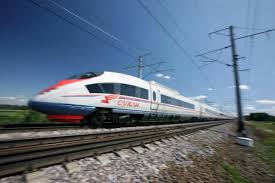
Most of the private sector investment interest in Russia has been directed so far at the transport sector, with about 66% of all funds raised going into this, according to Morshchikhina. These are projects related to high-speed rail lines, the development of regional toll road networks, and urban public electric transport—including trams, buses, and maritime vessels.
In second place in sought-after private investments are Russian housing and communal services (such as shopping centers), attracting 16% of all investments, and the social sphere (cultural investments such as entertainment venues) at about 15%.
Russian PPP Trends By Geography
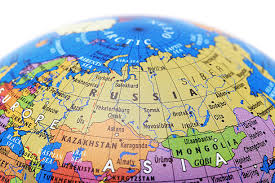
In terms of infrastructure PPP projects, Russia’s Amur region, in the Russian Far East, leads the way with 344 agreements, with Tambov (south of Moscow) with 214 and Tatarstan with 208 being the top three locations in the number of PPP agreements for the implementation of infrastructure projects. These areas are all directly influenced by Russian trade shifts to markets in the Middle East, South Asia, and China, and infrastructure demands are increasing accordingly.
Russian PPP Trends Looking Ahead

According to the Ministry of Economic Development data, as of October 1, 2025, over 4,400 agreements in the sphere of concessions and PPPs are either being created or have been successfully completed. The cumulative investment in these projects is now ₽7.4 trillion (US$91.2 billion), of which about 72% is private funds (about ₽5.3 trillion, or US$63 billion). To compare with previous interest levels and illustrative of the move of Russian investment capital back to Russia, in 2022 and 2023, the volume of Russian private investment was about ₽900 billion per annum, indicating a significant increase.
The Ministry of Economic Development has also said it plans to increase the quality of project assessment and monitoring during 2025/26 to reduce cases of unbalanced risk distribution between the state and business and to better use budget funds.
Morshchikhina said “To implement these tasks, we began to involve VEB.RF (the Russian State Development Fund) in assessing large PPP projects with an investment threshold in excess of ₽3 billion (US$37 million). The methodology for assessing the effectiveness of PPP projects has been refined—now, in addition to analyzing financial indicators, it includes an assessment of the justification for the creation of the facility, for example, how much the project truly corresponds to the existing demand for services or infrastructure.
In 2026, the Ministry of Economic Development plans to extend the effectiveness assessment mechanism to concession agreements—by analogy with PPP projects, it will be conducted before the decision to conclude them is made. The instrument is expected to cover contracts amounting to over ₽3 billion. This will require amending the law on concessions and preparing a new methodology.”
This means that all new PPP projects must undergo VEB analysis, with the procedure mandatory for subsidized regions. VEB will also be engaged in the development of a national standard and financing model for PPP and concession projects. Projects totalling over ₽30 trillion (US$370 million) will be supported in partnership with the state and business until 2030, including up to ₽15 trillion (US$185 billion) with the direct participation of VEB.RF. This means that the Russian State will be raising its own investment capital stakes in Russian infrastructure projects from an average of 25-30% during 2024/25 to 50% from 2026. This may be due to an intended slowdown of military expenditure for the Ukrainian conflict, which if correct, implies Moscow is anticipating an end to hostilities.
It also implies that future investment growth in Russia’s infrastructure development can be expected to show additional increases, with the business model proven and also absorbing much of the financial and political fallout from Russia’s divorce from Europe—with the consequences having created, for the first time since the Tsarist era, Russian investor demand for putting significant investment capital into Russian infrastructure projects.
Comparison: PPP Projects Closed In 2024, By Country
- United States: US$34.8 billion
- Russia: US$22.2 billion
- European Union: US$13.3 billion
- India: US$11.3 billion
Further Reading

